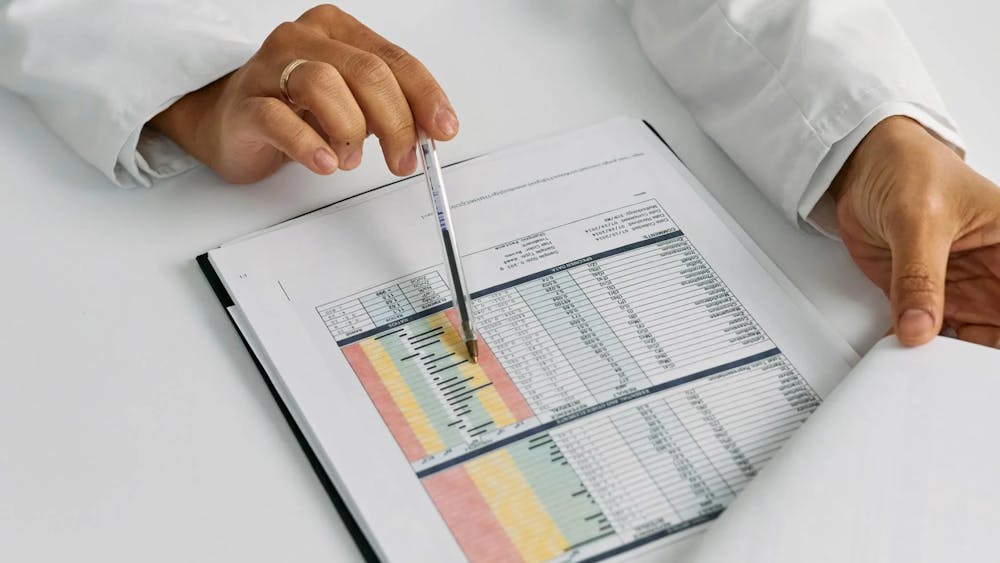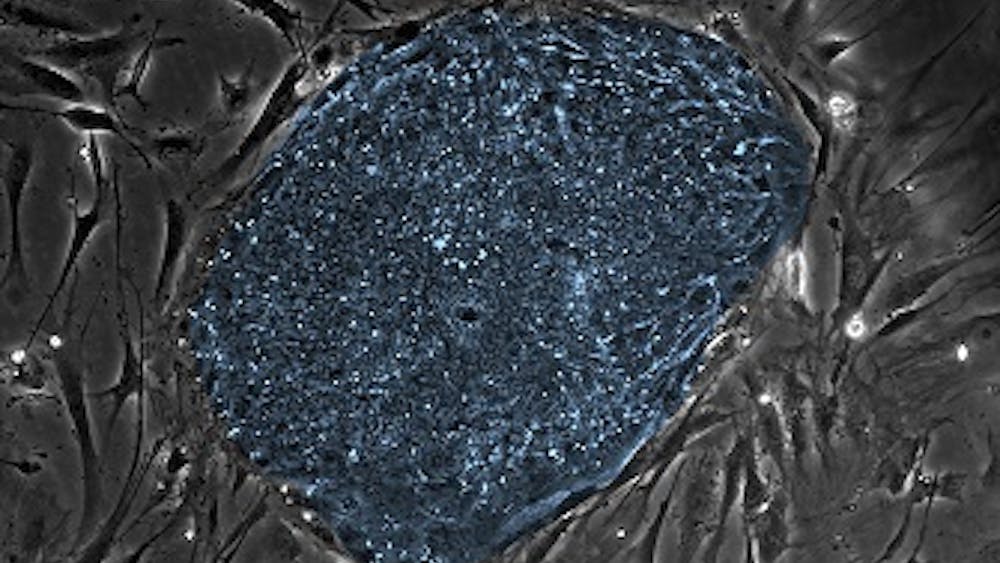Make America healthy again: America's salvation or a fool's paradise?
By GODSON NKANGINIEME | February 4, 2025In the coming weeks, President Donald Trump hopes his cabinet nominations will be swiftly confirmed. Robert F. Kennedy Jr. (RFK Jr.) — who ran as an independent in the 2024 presidential election before dropping out and supporting President Trump — is eyeing an important position given America’s increasing prevalence of chronic conditions, as Secretary of the Department of Health & Human Services.





















